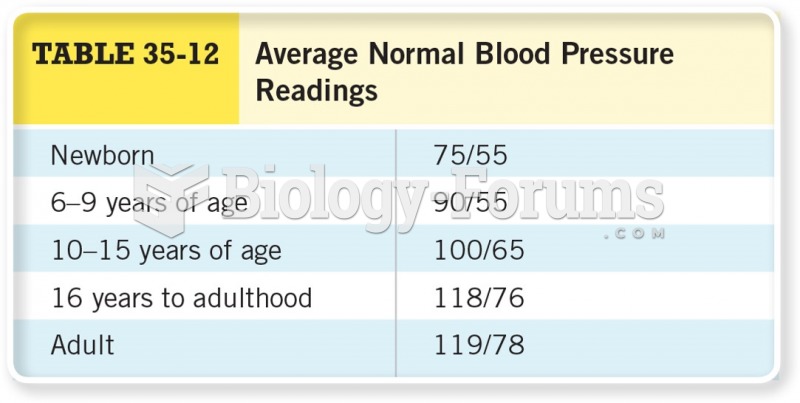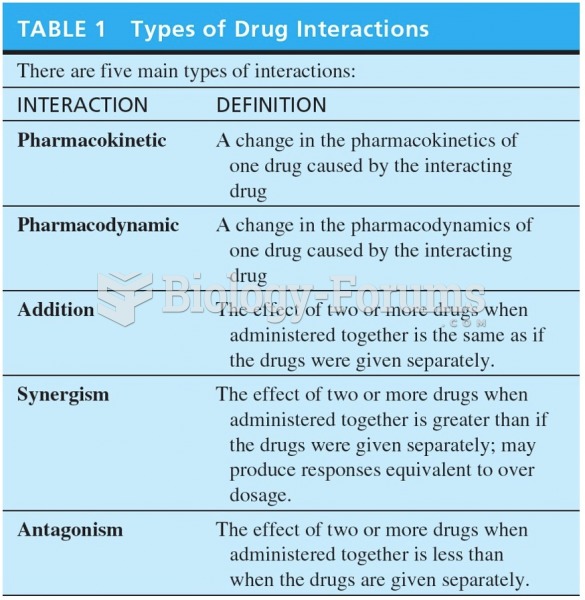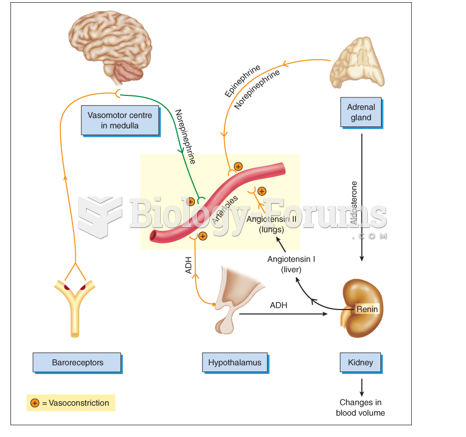Answer to Question 1
Research shows that adolescent drug abuse is highly correlated with the behavior of best friends, especially when parental supervision is weak.
Youths in inner-city areas where feelings of alienation run high often come in contact with drug users who teach them that drugs provide an answer to their feelings of inadequacy and stress.
Perhaps they join with peers to learn the techniques of drug use; their friendships with other drug-dependent youths give them social support for their habit. Empirical research efforts show that a youth's association with friends who are substance abusers increases the probability of drug use.
The relationship is reciprocal: Adolescent substance abusers seek friends who engage in these behaviors, and associating with drug abusers leads to increased levels of drug abuse.
Peer networks may be the most significant influence on long-term substance abuse. Shared feelings and a sense of intimacy lead youths to become enmeshed in what has been described as the drug-use subculture..
Research indicates that drug users do in fact have warm relationships with substance-abusing peers who help support their behaviors. This lifestyle provides users with a clear role, activities they enjoy, and an opportunity for attaining status among their peers.
Student views will vary.
Answer to Question 2
One explanation ties drug abuse to poverty, social disorganization, and hopelessness. Drug use by young minority group members has been tied to factors such as racial prejudice, low self-esteem, poor socioeconomic status, and the stress of living in a harsh urban environment.
The association among drug use, race, and poverty has been linked to the high level of mistrust and defiance found in lower socioeconomic areas.
Despite the long-documented association between social disorganization and drug use, and even some specific drugs like methamphetamine, the empirical data on the relationship between class and crime has been inconclusive.
For example, the National Youth Survey (NYS), a longitudinal study of delinquent behavior conducted by Delbert Elliott and his associates, found little if any association between drug use and social class. The NYS found that drug use is higher among urban youths, but there was little evidence that minority youths or members of the lower class were more likely to abuse drugs than white youths and the more affluent.
Research by the Rand Corporation indicates that many drug-dealing youths had legitimate jobs at the time they were arrested for drug trafficking.
Student views will vary.







